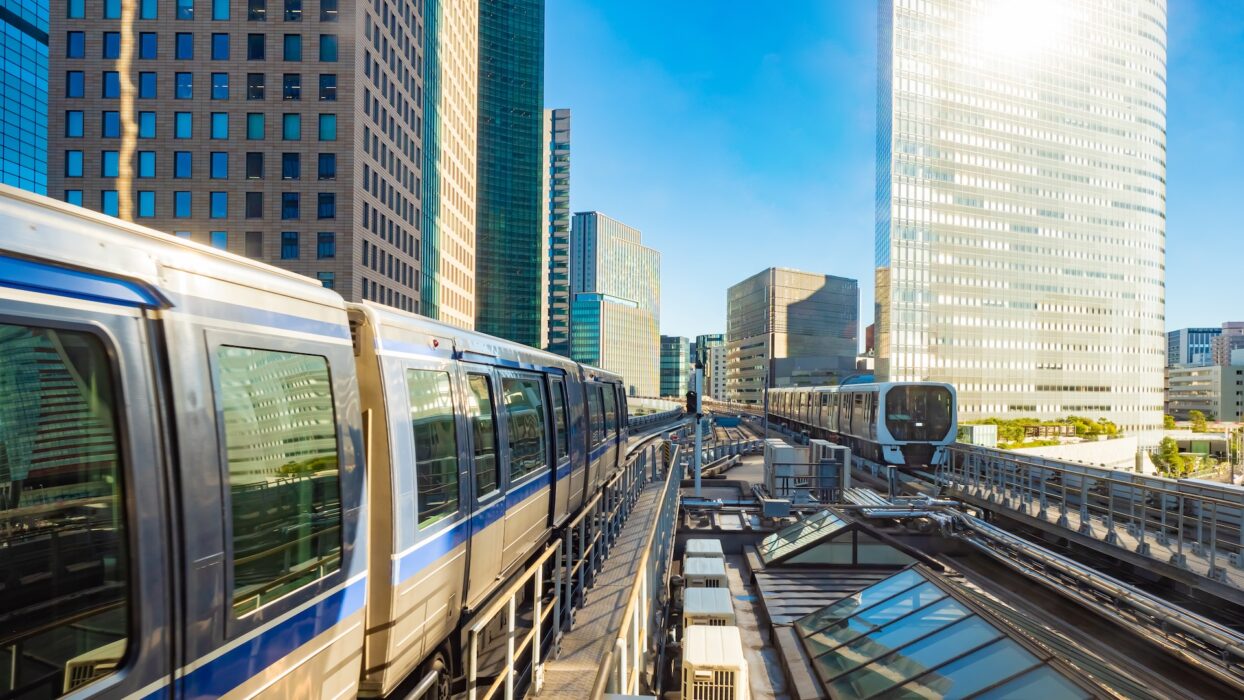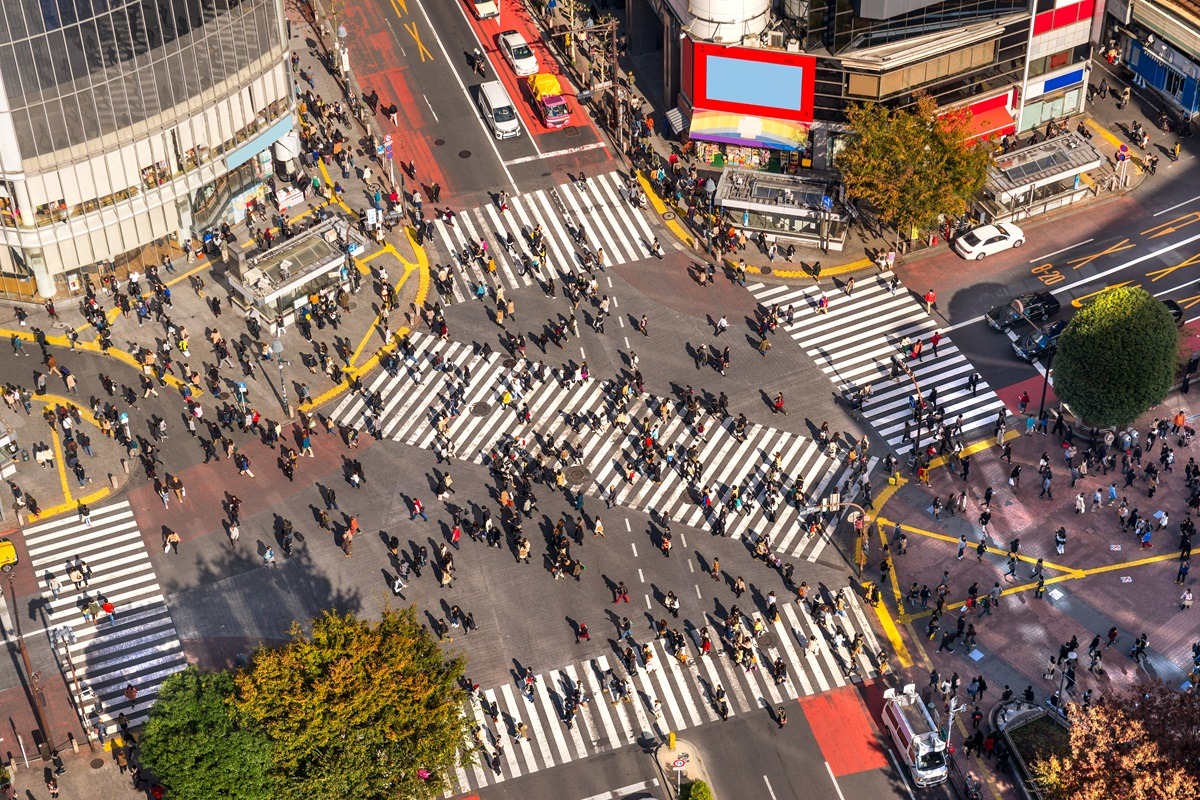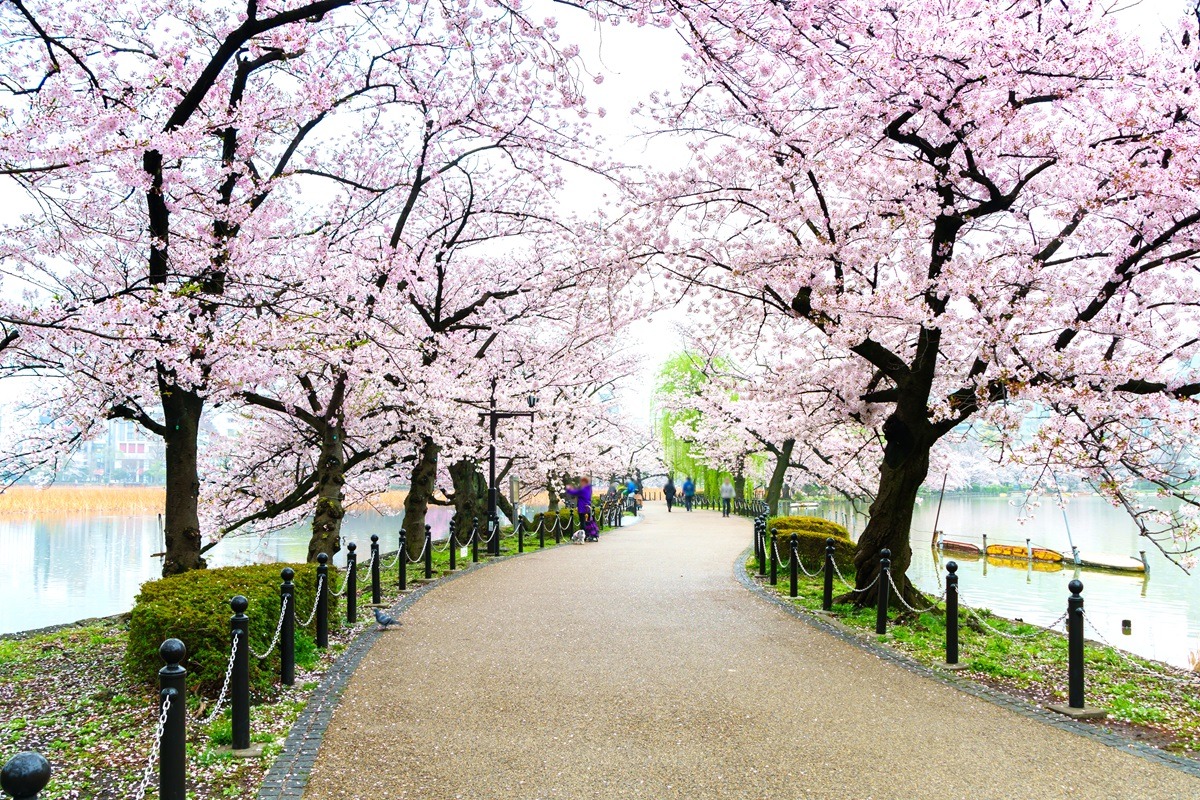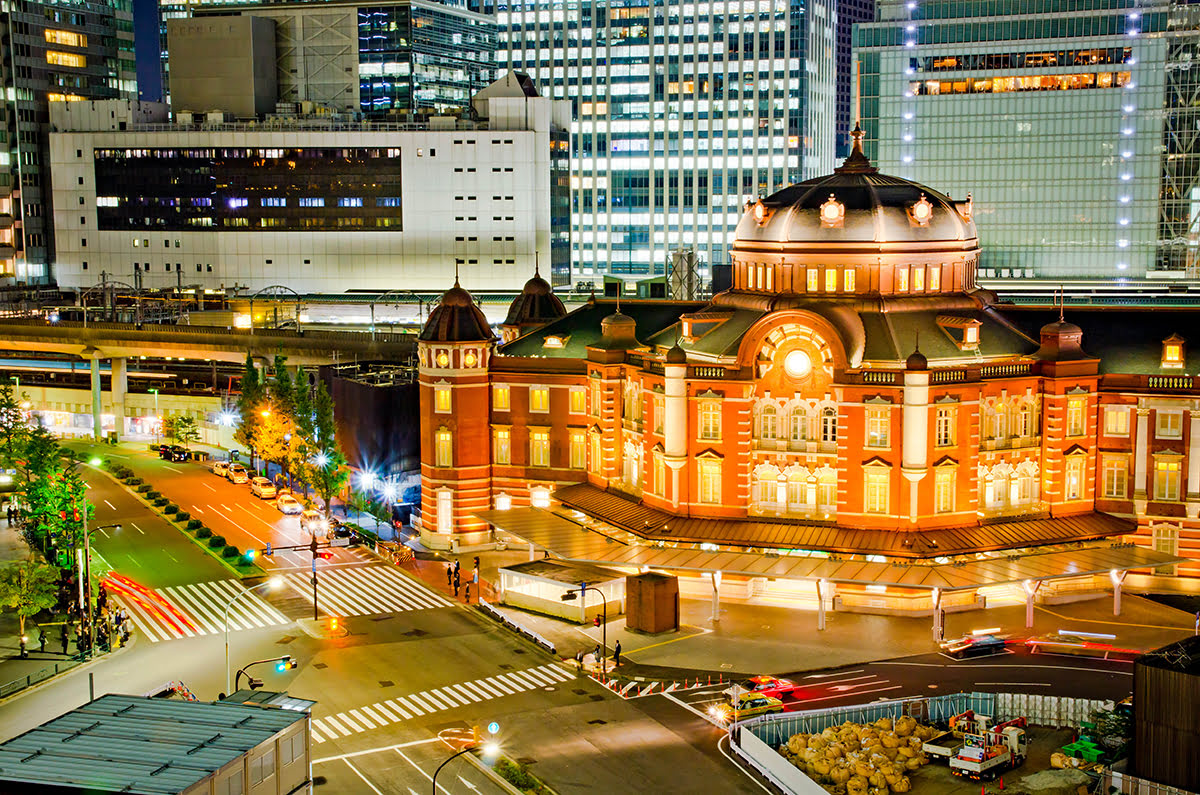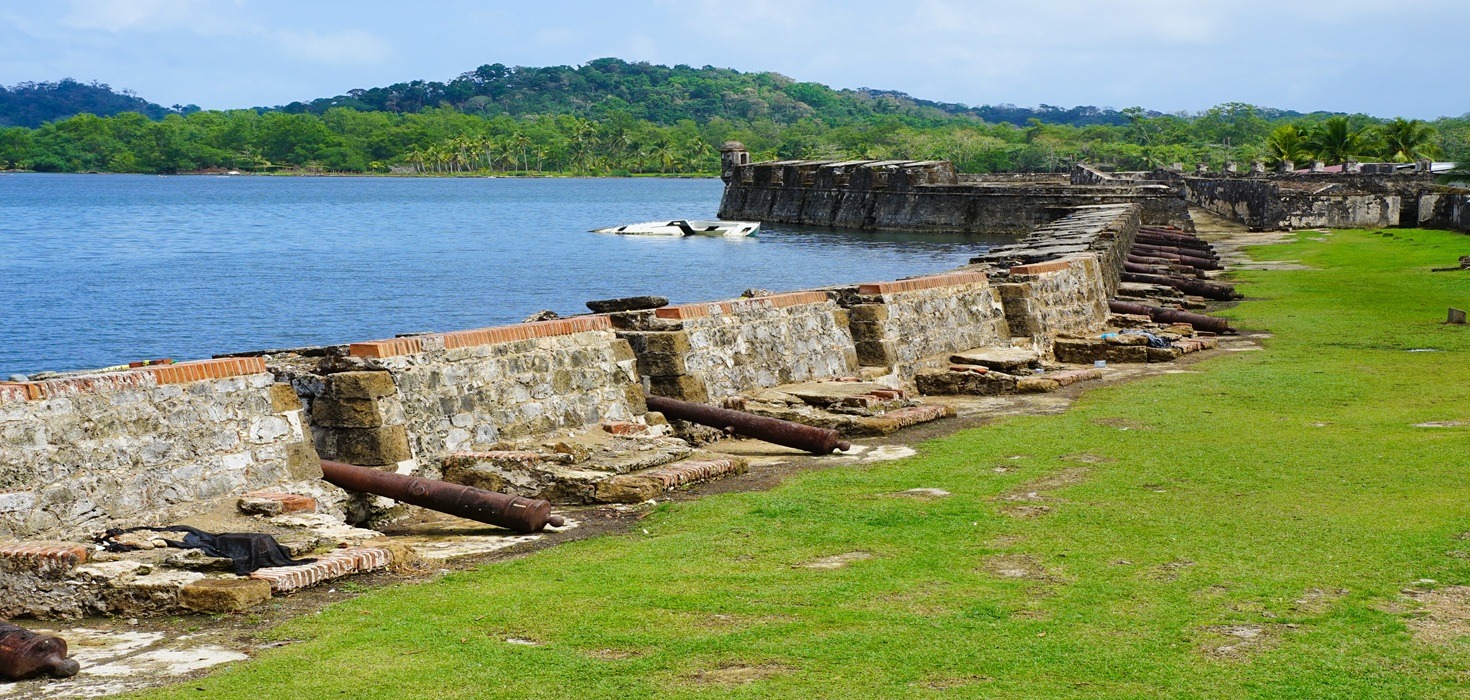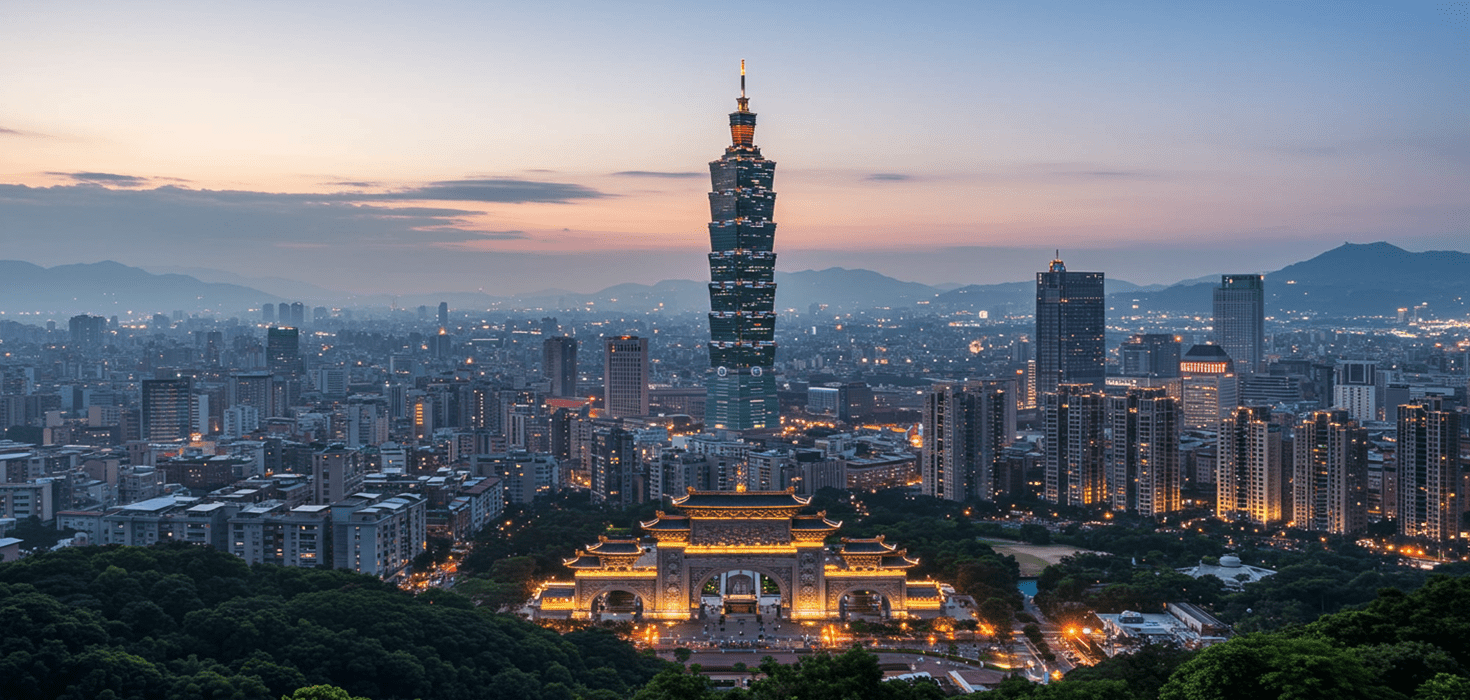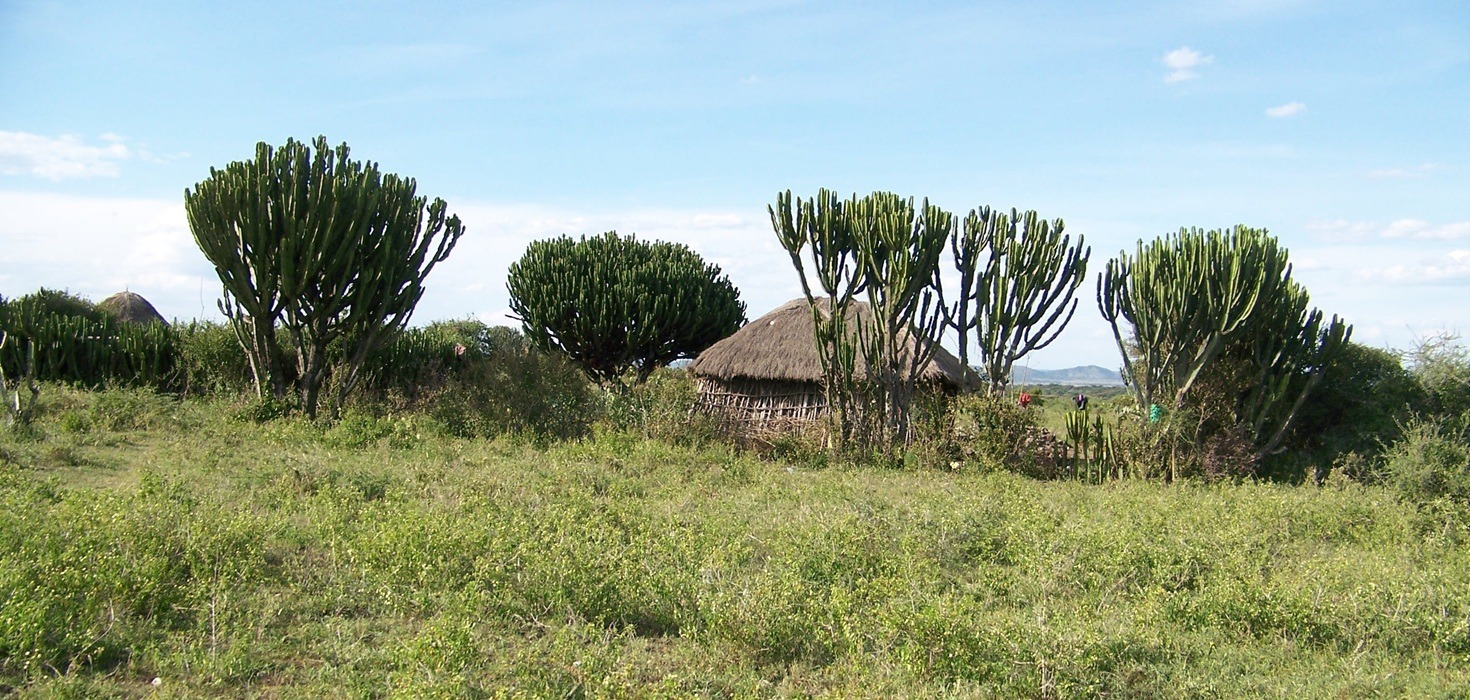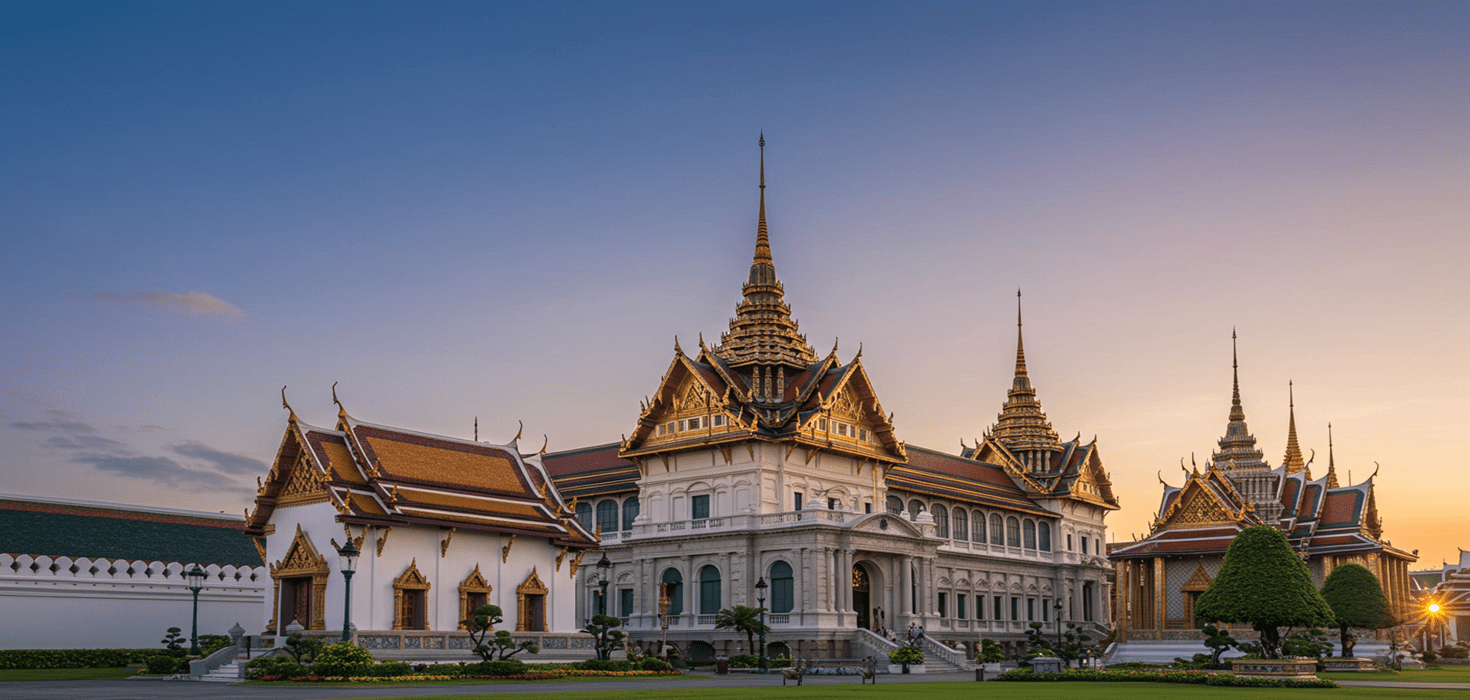Traversing the bustling heart of Tokyo, the Yamanote Line offers an unparalleled opportunity for travelers to experience the city’s diverse neighborhoods and iconic landmarks. Whether you are a first-time visitor or a seasoned traveler, this guide will help you navigate the Yamanote Line like a pro, ensuring you don’t miss out on any must-see stops or hidden gems.
Overview of the Yamanote Line
The JR Yamanote Line is a circular railway loop that connects many of Tokyo’s major urban centers, including Shibuya, Shinjuku, Ikebukuro, and Tokyo Station. Operated by East Japan Railway Company (JR East), the Yamanote Line is 34.5 km long and features 30 stations, each with its own unique charm and attractions. Circulating both clockwise and counterclockwise, the Yamanote Line is the perfect way to explore Tokyo’s vibrant culture and history.
Why Choose the Yamanote Line?
The Yamanote Line is not just a transportation link; it’s a gateway to Tokyo’s soul. Here are a few reasons why exploring Tokyo via the Yamanote Line is a must:
- It connects many of Tokyo’s famous districts and attractions.
- Trains run frequently, making it convenient to hop on and off.
- It offers a glimpse into both the traditional and modern aspects of Tokyo.
Day 1: Shibuya and Harajuku
Kickstart your journey in Shibuya, one of Tokyo’s most vibrant districts. Known for the iconic Shibuya Crossing, where hundreds of people cross the street at once, it’s a fantastic spot to experience Tokyo’s fast-paced lifestyle.
After exploring Shibuya, take a short train ride to Harajuku. Famous for its quirky fashions and eclectic shops on Takeshita Street, it’s the place to delve into Tokyo’s youth culture. Don’t miss the serene Meiji Shrine, nestled in a lush forest within walking distance.
- Shibuya Crossing: Experience the world-famous scramble crossing.
- Hachiko Statue: Pay tribute to the loyal dog, Hachiko, right outside Shibuya Station.
- Meiji Shrine: Enjoy a peaceful retreat in the heart of the city.
- Takeshita Street: Explore quirky shops and vibrant fashion trends.
Day 2: Shinjuku and Ikebukuro
On your second day, dive into the vibrant energy of Shinjuku, Tokyo’s bustling entertainment and business district. Start your day at Shinjuku Station, one of the busiest railway stations in the world.
Move on to explore the other attractions in Shinjuku, such as the serene Shinjuku Gyoen National Garden or the observation deck of the Tokyo Metropolitan Government Building for a stunning panoramic view of the city.
Next, head to Ikebukuro, a shopping and entertainment hub. Visit the giant Sunshine City, a complex featuring an aquarium, a planetarium, and an observatory.
- Shinjuku Gyoen National Garden: A beautiful blend of Japanese, English, and French garden designs.
- Tokyo Metropolitan Government Building: Free observation decks with sweeping views of Tokyo.
- Isetan Department Store: Experience luxury shopping in Shinjuku.
- Sunshine City: Enjoy various attractions including an aquarium and an observatory.
Day 3: Ueno and Akihabara
Day three brings you to Ueno, known for its expansive park – Ueno Park. The park houses museums, a zoo, and beautiful cherry blossoms in spring. Make sure to visit the Tokyo National Museum to delve into Japanese art and history.
In the afternoon, take the Yamanote Line to Akihabara, the mecca for electronics and otaku culture. Spend your day exploring countless shops selling electronics, video games, anime, and manga. Don’t forget to visit a themed café for a unique dining experience.
- Ueno Park: Enjoy museums, a zoo, and seasonal cherry blossoms.
- Tokyo National Museum: Discover an extensive collection of Japanese art.
- Ameya-Yokocho: Wander through a lively market street.
- Akihabara Electric Town: Dive into the world of gadgets, anime, and manga.
- Themed Cafés: Experience unique dining themes.
Day 4: Tokyo Station and Ginza
Start your day at Tokyo Station, a hub of activity with its beautiful red-brick Marunouchi Building. Take a leisurely stroll to the Imperial Palace for picturesque gardens and historical significance.
In the afternoon, head to Ginza, Tokyo’s luxury shopping district. Here, you can find high-end boutiques, department stores, and fine dining restaurants. Also, don’t miss the chance to catch a performance at the Kabuki-za Theatre.
- Tokyo Station: Explore the station’s vast underground shopping and dining areas.
- Imperial Palace: Stroll through peaceful gardens and historic sites.
- Ginza Six: Shop in one of Ginza’s most luxurious malls.
- Kabuki-za Theatre: Watch a traditional Kabuki performance.
- Ginza Lion Beer Hall: Enjoy a taste of Japan’s beer culture.
The Yamanote Line is your ticket to exploring the diverse and dynamic neighborhoods of Tokyo. By using this guide, you’ll effortlessly navigate through iconic landmarks and hidden gems, making your journey through the city both enriching and enjoyable. Whether you’re a first-time visitor or a seasoned traveler, the Yamanote Line offers an unparalleled glimpse into the vibrant pulse of Tokyo.

